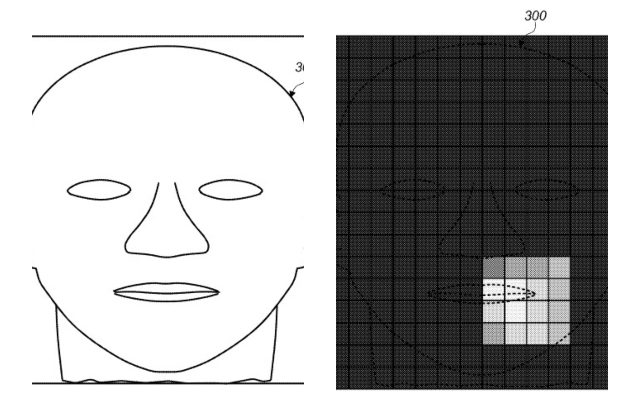The patent, “Occlusion detection for facial recognition processes”, suggests that any occlusion or obstruction of facial features can be detected and assessed by a special heat-mapping camera on a device. This process will create landmark heat maps of a facial image and then compare it with the actual image of the face to determine the location of facial features like the eyes, nose, and mouth of the users. Now, traditional facial recognition systems struggle to detect and recognize a face when it is blocked by some external elements such as glasses, hair, or masks. So, to allow its Face ID system to detect and recognize a face even with any obstructions, Apple is working to develop this new heat-mapping technology. This new process might be able to detect a face and recognize it for biometric authentication even when some parts of it are obstructed. This process, as mentioned above, will create heat maps of the facial surface in the form of a grid, and then compare it with the actual 3D image of the face to authorize the user to use a device. So, if this tech is integrated into future Face ID-enabled devices like the upcoming iPhones and iPads, it would improve the efficiency of their biometric authentication capabilities by many folds. Also, following the inception of the ongoing pandemic, Face ID has become somewhat useless as most of us are often wearing masks that cover our faces. Hence, this new process of facial recognition might eradicate that issue and allow the Cupertino giant to keep Face ID in its future devices.
